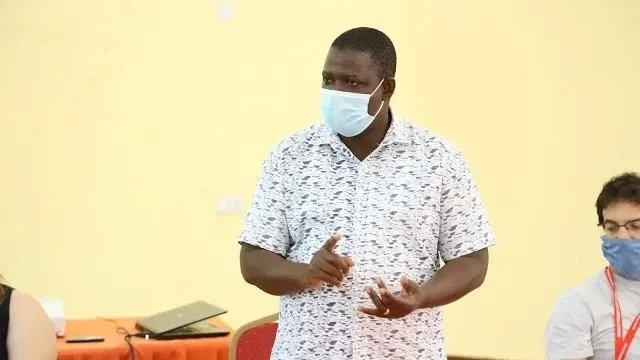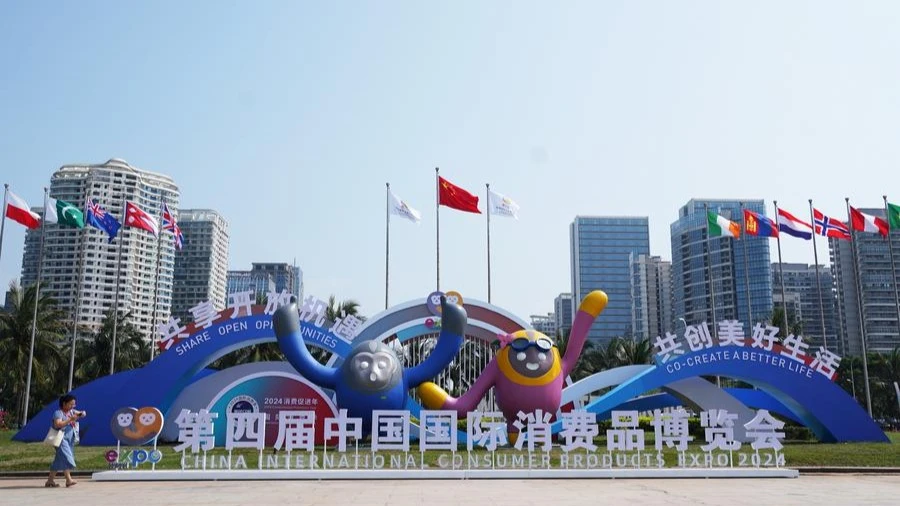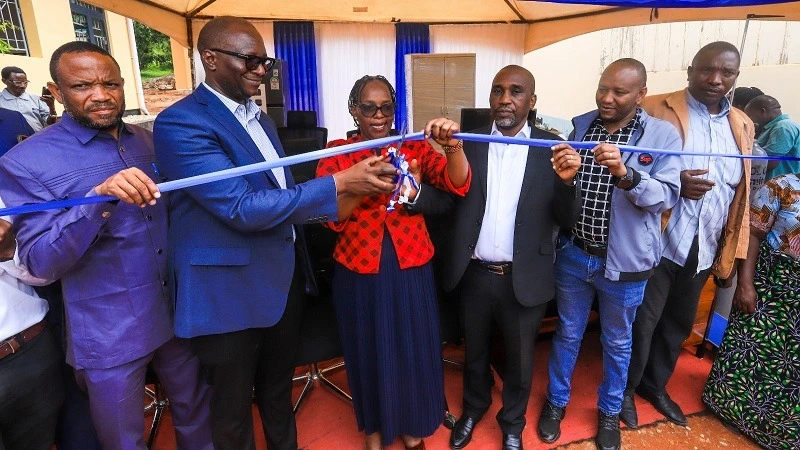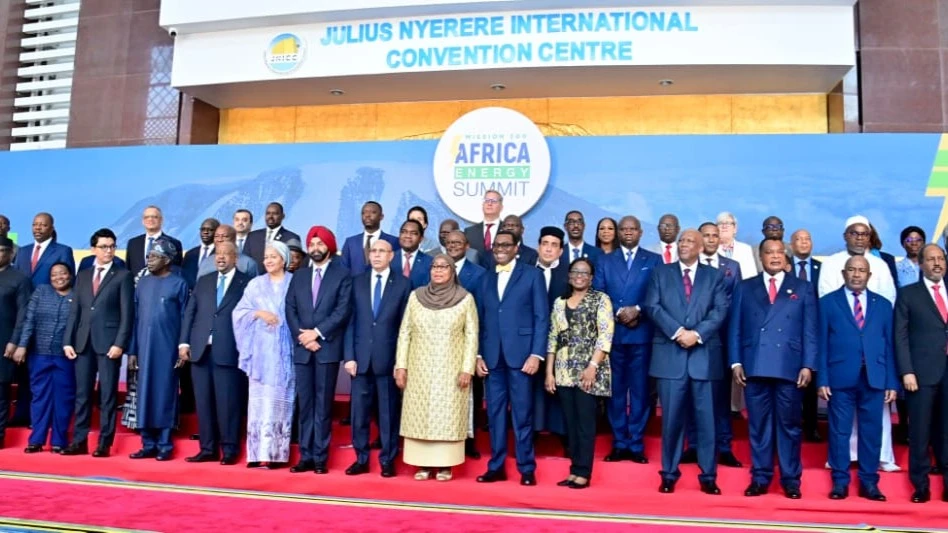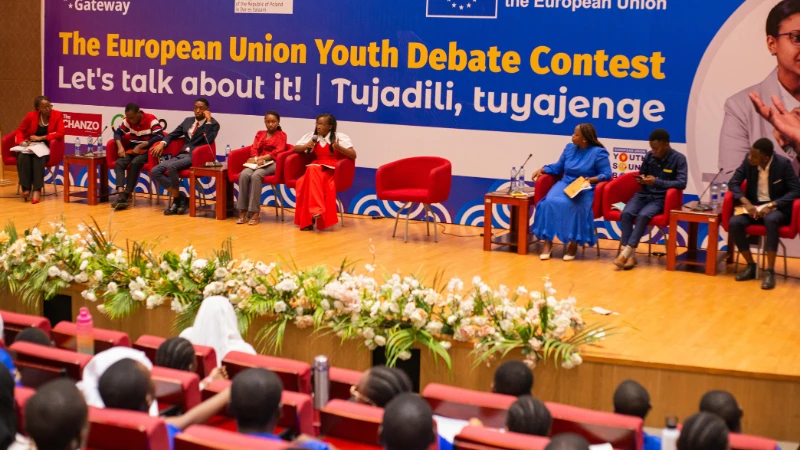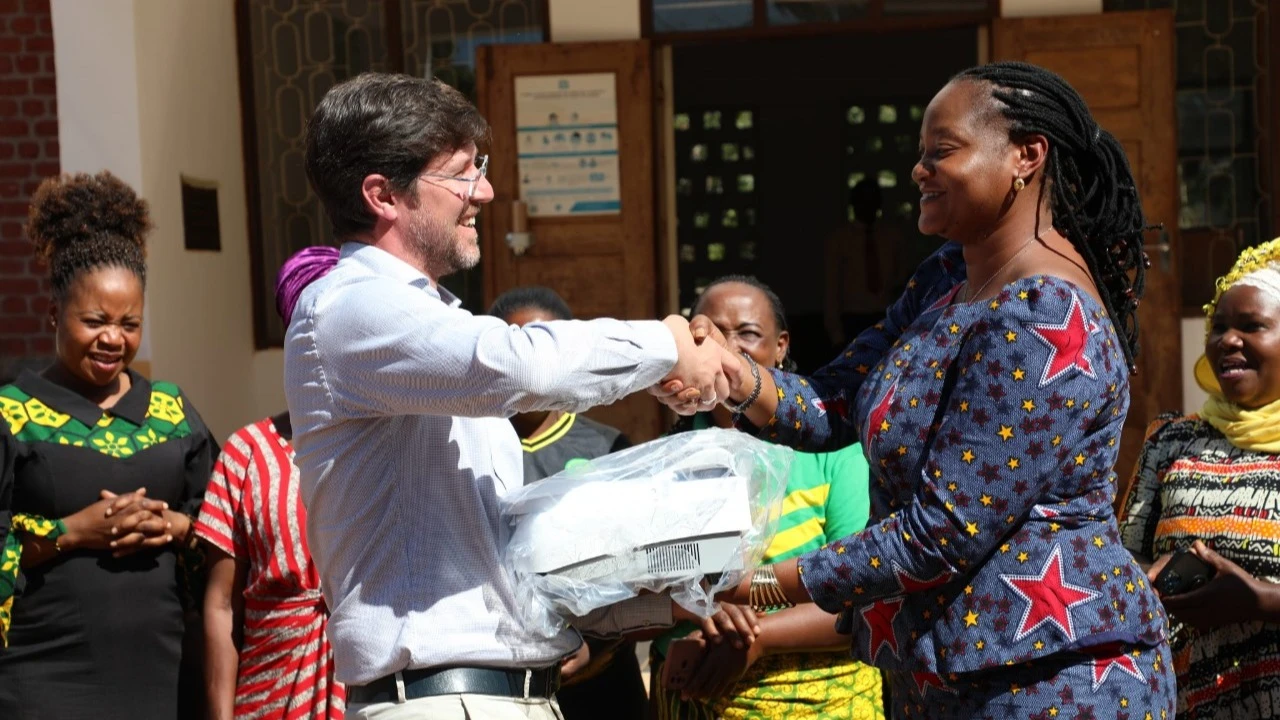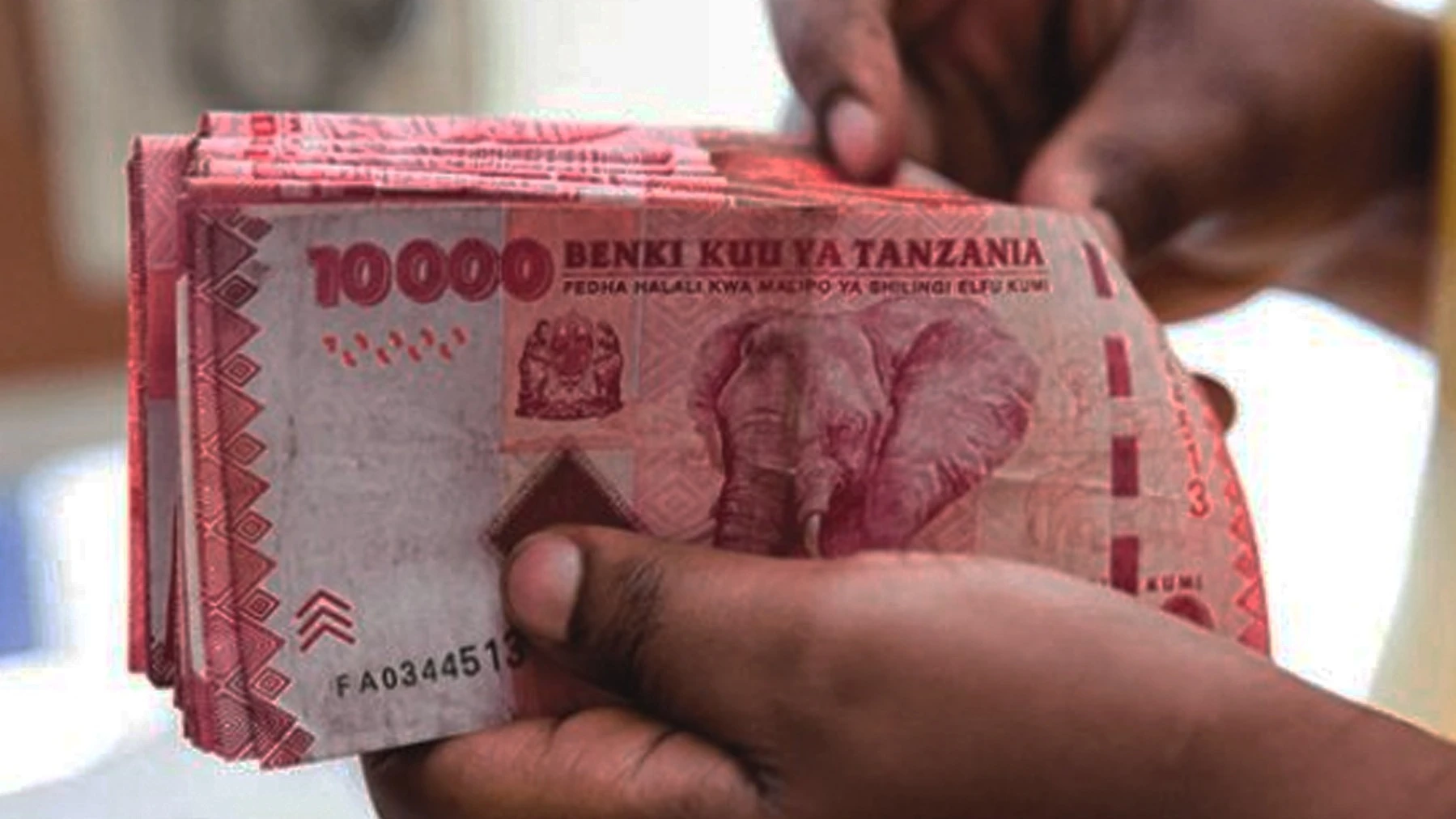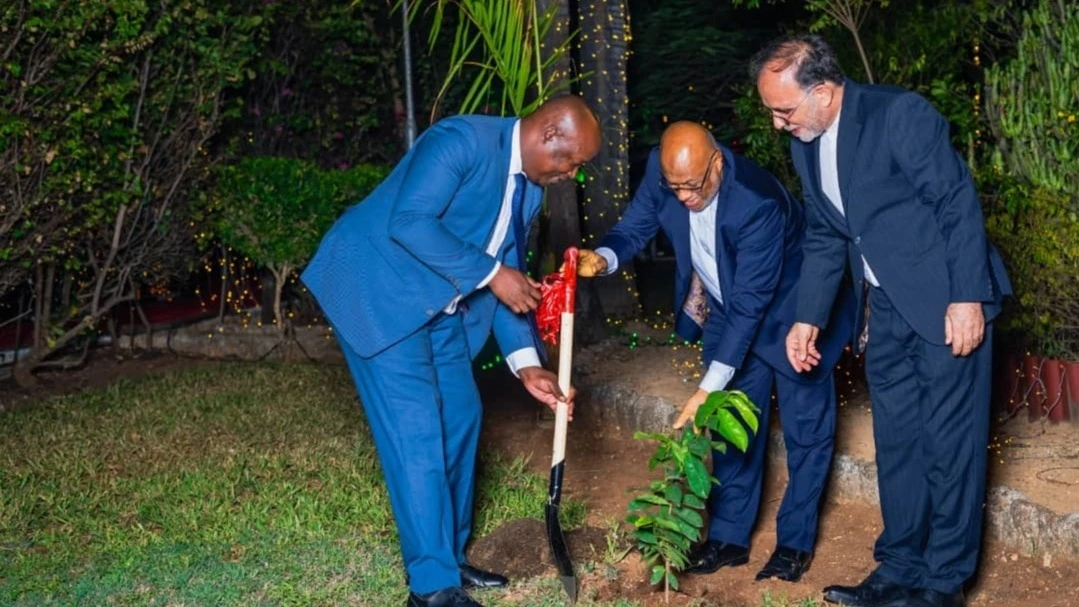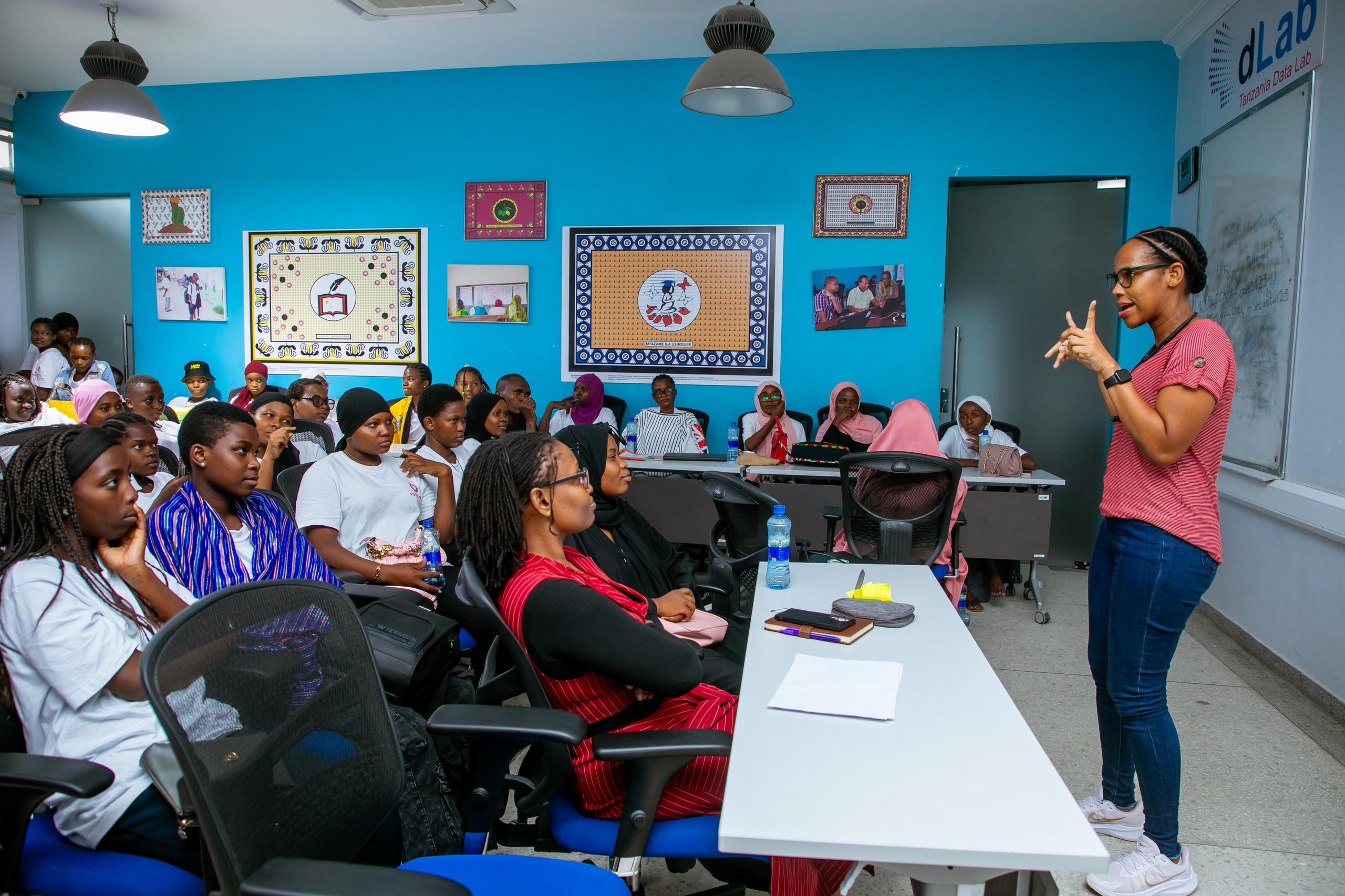The new snake oil: antivenoms that are as useless as water
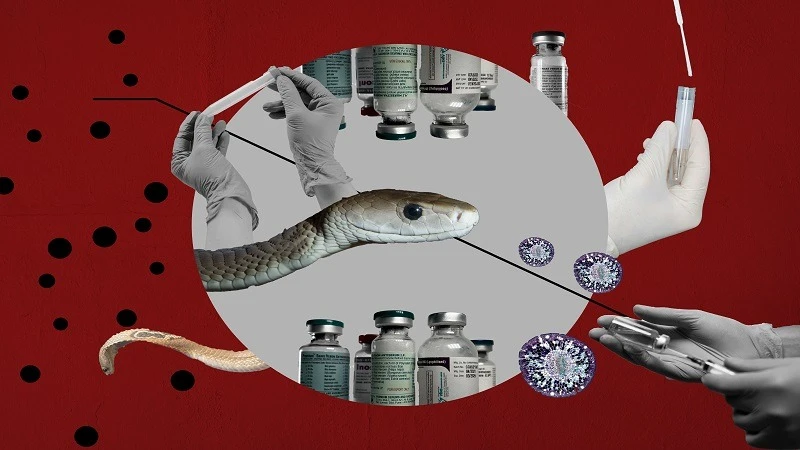
A Bureau of Investigative Journalism (London) dispatch by Paul Eccles, Andjela Milivojevic and Rachel Schraer, with additional reporting by Shafa’atu Suleiman and Laura Margottini
HE was reaching for the lamp, the last moments Kamidikolo had use of both of his arms. He had been trying to see what had caused rats to come running into his home when he was bitten.
By the time Kamidikolo made it to hospital, snake venom had already started breaking down his skin and muscle. The flesh around the bite was necrotising – dying. The process gives off a smell like rotting meat. The only treatment that could hold off the damage was snake antivenom.
Kamidikolo (60), a handyman from the south of Uganda, was given a vial of this treatment, but it couldn’t stop the trail of destruction the venom had begun to chart through his body.
In sub-Saharan Africa, the Bureau of Investigative Journalism (www.tbij.com) can reveal, patients face a “wild west” of ineffective antivenoms that are badly made, badly marketed and badly regulated. Some are about as useful as injecting water, experts said.
TBIJ tested samples of antivenoms bought in three countries, and found that some could require more than 70 vials to effectively treat some bites.
Antivenoms are often in very short supply; most facilities do not stock enough and patients could not afford – or receive – that many vials in time for it to work.
One antivenom company has been accused of fraudulent research. Another business exported an antivenom for Indian snakes to West Africa, where they knew that it would not work – an act experts called unethical and criminal.
Antivenoms are “antique” medicines that have been made the same way for more than a century: by injecting horses and sheep with snake venom and extracting antibodies from their blood. (Antibodies are produced by the immune system to fight off viruses, toxins and other dangers.)
This antique origin is one of the reasons antivenoms have avoided the regulations that now apply to many other drugs. Despite being a life or death medicine, they are not held to the same standards as paracetamol: there are no requirements for antivenoms to go through clinical trials to prove that they are safe and effective in humans.
“It’s a cowboy show out there,” said Thea Litschka-Koen, a leading snakebite expert in Eswatini previously known as Swaziland, adding: “Some of them are selling stuff that, honestly, you may as well just pour down the drain.”
A hidden crisis
The damage a snake bite does depends on the snake. If it’s a venomous snake, it can cause life-changing injuries – or even death.
“You get horrific wounds. And when I say horrific, I will send you pictures that make your eyes water,” said Litschka-Koen, who founded the Eswatini Antivenom Foundation. This is a charity that raises funds to treat snake bite victims.
Some snakes, like the one that bit Kamidikolo, have “cytotoxic” venom, meaning that it damages and eventually kills cells.
People who’ve survived these bites say that it feels like being injected with burning acid. A cytotoxic bite wound can cover an entire arm and chest, or a whole leg, and take almost a year to heal, Litschka-Koen said.
Other snakes, such as the West African carpet viper, stop blood from clotting and cause excessive bleeding. And then there are snakes like the infamous black mamba, whose neurotoxic venom strangles nerve signals from the brain. Victims feel their bodies shut down in paralysis.
Just how many people are affected by snake bites is a bit of a mystery. It’s a problem that often goes unrecorded. The World Health Organisation (WHO) says 5.4 million people are bitten each year. Estimates on deaths around the world range from 80,000 to 140,000. But who is most affected is clear.
“It’s a poor man’s disease. That’s the cruel truth of snakebite,” Litschka-Koen said, adding: “Those who are bitten typically live in remote, often rural, areas, mostly concentrated in south Asia and Africa. Farmers and children are among those most commonly bitten.
Including Kamidikolo, TBIJ examined seven cases where snakebite victims were left badly injured despite getting treatment. Two didn’t survive. While death is the ultimate risk, three times as many people survive and are left with permanent disabilities.
Months on, Kamidikolo still doesn’t have full use of his arm and relies on painkillers and sleeping pills. It means that the father of five children under the age of ten, who makes a living from odd jobs – fixing, building, digging – cannot work. He can no longer afford to send his young children to school.
This is a common story; Litschka-Koen has seen everyone from a respected elder to an 18-month-old girl robbed of limbs, cast off by communities, and consigned to poverty.
“Snakebite has devastating economic consequences on the individual, the family as well as the entire country,” said Litschka-Koen.
The best way to prevent these consequences is quick treatment with antivenom. With an effective dose, properly administered, chances of survival can be six times higher.
However, for people like Kamidikolo, local herbalists are often much easier to reach than conventional medical care. Even those in major urban centres may face difficulties – snakebite has little to no place on the curriculum at many African medical schools.
In wealthy countries like Australia, where antivenom is high quality and free to patients, snakebite causes just one to two deaths per year.
In many African countries, though, effective treatment has been plagued by issues for years – with 20,000 people having died from snakebites in sub-Saharan Africa in 2023.
“We need to get a handle on it. It’s shocking that it’s taking so long. You can’t look away from the cruelty and pain and suffering,” said Litschka-Koen.
Like injecting water
In his third-floor office in a squat glass-panelled building in Valencia, Spain, Professor Juan Calvete examined a small vial with a blue lid.
Now, Calvete is respected around the world as an expert in snake antivenom. The walls and shelves around him were adorned with trinkets and keepsakes from collaborations with other experts. In the adjoining lab, machinery whirred and clicked as his colleagues analysed venoms and antivenoms.
Calvete rolled the vial in his hand, peering at the text on the label. It listed the venom of Indian snakes it could be used to treat, with some of the label written in Bengali, and gave the price of the vial in Indian rupees.
It was, unmistakably, an antivenom made for India. But it was purchased by a TBIJ reporter in east Africa.
Snake venom and its effects vary a lot from species to species, and even within the same species, based on where it lives, what it eats and other genetic factors. An antivenom formulated to work in one region can be virtually useless against snake bites somewhere else.
Calvete put it more bluntly when he explained what would happen if one was bitten by a highly venomous African snake like a black mamba and then given the Indian antivenom he was holding.
“You can do two things,” he said, adding: “One, is to take the phone and say goodbye to your mother. And the other, if you have an ice cream shop nearby and you find the one flavour that you like, take it. Because it will be the last thing that you eat.”
Calvete’s words carry clout. His lab at the Instituto de Biomedicina de Valencia is trusted as the sole source of the WHO’s official assessments on antivenom quality. TBIJ saw him swarmed at a snakebite conference by people seeking his opinion.
Scientific research has long proven that Indian snake antivenoms won’t work against African snakes. Calvete tested two Indian antivenoms purchased in Uganda and Nigeria by TBIJ.
Made by Bharat Serums and Vaccines (BSV) and Premium Serums and Vaccines, who also make different, African antivenoms, they showed desperately low capacity to work against sub-Saharan African snake venom.
“Giving a patient this antivenom will be almost as if you inject distilled water in the body,” Calvete said.
Both companies denied exporting their products to Uganda and Nigeria, respectively. Premium Serums told TBIJ: “We have never ever exported our [Indian antivenom] to Africa. It is unfortunate that regulatory authorities in … Africa are allowing imports of such non-suitable snake antivenoms.”
How did TBIJ get the antivenoms tested?
Calvete and his team ran tests on five antivenoms supplied by TBIJ, which were purchased in Nigeria, Tanzania and Uganda. Each antivenom came as a fine powder, which was weighed. Then the team diluted the powders in a saline solution and tested how much of the key ingredients was in each vial.
Next, they tested how well the antivenom would bind to the venoms of four of the most dangerous and widely found snakes in sub-Saharan Africa – the puff adder, black-necked spitting cobra, black mamba and the West African carpet viper.
The binding capacity shows how much of the venom the antivenom will ‘stick’ to per unit. Roughly speaking, the more it can stick, the better the antivenom works. Binding to the toxins in the venom is the first step to stopping them – if the antivenom can’t stick to them then it can’t neutralise them.
Binding is a good indication of whether an antivenom could counter a particular venom.
The BSV antivenom has been exported to Mali, Somalia and Tanzania in recent years, and a TBIJ reporter was able to buy a vial in Uganda last year.
Dr David Williams, one of WHO’s leading experts on snake bites, said people who buy antivenoms for national health ministries don’t always understand how the antivenoms work.
“Nobody tells them what species of snake they’re meant to be looking for,” he said, adding: “They buy the cheapest product they can possibly find. And it’s not until it ends up in the doctor’s hands that somebody works out that it is not for the snakes that come from our country.”
But a manufacturer like BSV should know where its product will work. The company – which declares that its mission is “to preserve, protect and enhance quality of life” – has been making antivenoms for years.
The firm doesn’t make an antivenom for Africa, though; when TBIJ called BSV, an employee confirmed that the one antivenom the company makes is for use against Indian snakes.
BSV’s actions have caused deaths before. One of its older antivenoms was made using a mix of venoms from African and Indian snakes.
Crucially, it used an Indian species of viper instead of the common African species. When it was used in Ghana in 2004, research showed that it led to a nearly seven-fold rise in mortality compared to patients treated with a different antivenom.
Manufacturers are not always involved in the distribution of antivenoms. But BSV is – records show that it made several shipments of its Indian antivenom to Mali, where it couldn’t work.
BSV denied exporting its product to Somalia, Tanzania and Uganda, but said its exports to Mali had been approved by the country’s health ministry. The Malian health ministry denied this.
Dr Williams called BSV’s exports to Mali “extremely inappropriate”, while at his lab in Valencia, Calvete was more scathing.
“There are no good words to describe this. They have been in the field for many years so they should know what they are doing,” the professor said.
“If this is the case, it should be investigated as a fraud because it would be criminal to sell a lifesaving product to a country where it will not work,” Calvete said, adding: “If I had one of these people in front of me, I would say: ‘You are a son of a bitch’.”
Investigating Inosan
Even antivenoms created specifically for Africa vary widely in quality. Inoserp Pan-Africa, made by the Mexican and Spanish company Inosan Biopharma, claims to combat bites from 18 different species of snakes.
But TBIJ’s testing showed that per vial, Inoserp was far and away the worst of all the African antivenoms tested. In fact, in tests against sub-Saharan African snake venom, it performed worse than one of the antivenom products made for Indian snakes.
The problem is not that it contains the wrong antivenom but that there’s not enough of it in the bottle. In the lab, Inoserp’s binding capacity against mamba venom was shown to be ten times less per vial than a rival’s product (PANAF Premium).
• Second and final part to be published in Monday’s (Feb 17) issue of The Guardian. – Editor.
Top Headlines
© 2025 IPPMEDIA.COM. ALL RIGHTS RESERVED




